How non-drivers are footing the cost of cars
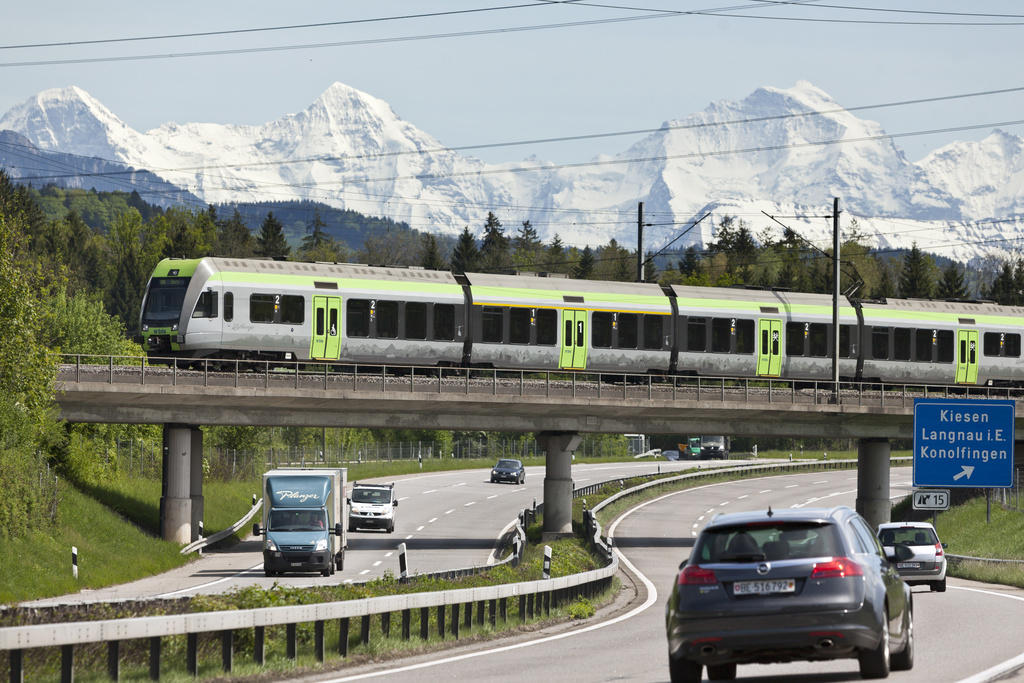
You might think Switzerland’s famous railway system, a high-tech grid that crisscrosses the Alps, would eat up most of the country’s transport budget. Think again.
The latest government figures show that road transport is by far the country’s most expensive means of moving people and goods – and non-drivers pay a significant portion of the bill.
Road transport (excluding bikes) generates 80% of the CHF90 billion ($90 billion, or €80 billion) spent annually on transit, according to the Federal Statistical OfficeExternal link. This expense includes accidents, pollution and infrastructure. In comparison, rail transport makes up 12%, air travel 7%, and boating 0.4% of Swiss mobility spending.
Overall, the transit budget amounts to CHF11,000 per person, regardless of whether they drive, fly, take the train or walk. And while users typically pay the bulk of the costs, the general public funds anywhere from 10-22%, depending on the mode of transport and the related side costs.
Although the Swiss cover considerably more distance by rail than other Europeans, cars remain the most common mode of transport – with 52% of Swiss commuters driving to work.
Cars also account for the most expensive transit category, but spending has only increased by 2% since 2010, compared with a 12% rise in rail spending and a 14% jump in aviation spending between then and 2015. Switzerland saw increased investments in rail transport as well as in the number of air passengers (27%) during that period.
Even those who don’t go anywhere generate part of the expense. For all modes of transit, three quarters of the costs come from moving passengers and a quarter from transporting goods.
While road transport is a big expense within Switzerland, spending on building and maintaining the infrastructure is considerably less than in many other nations.
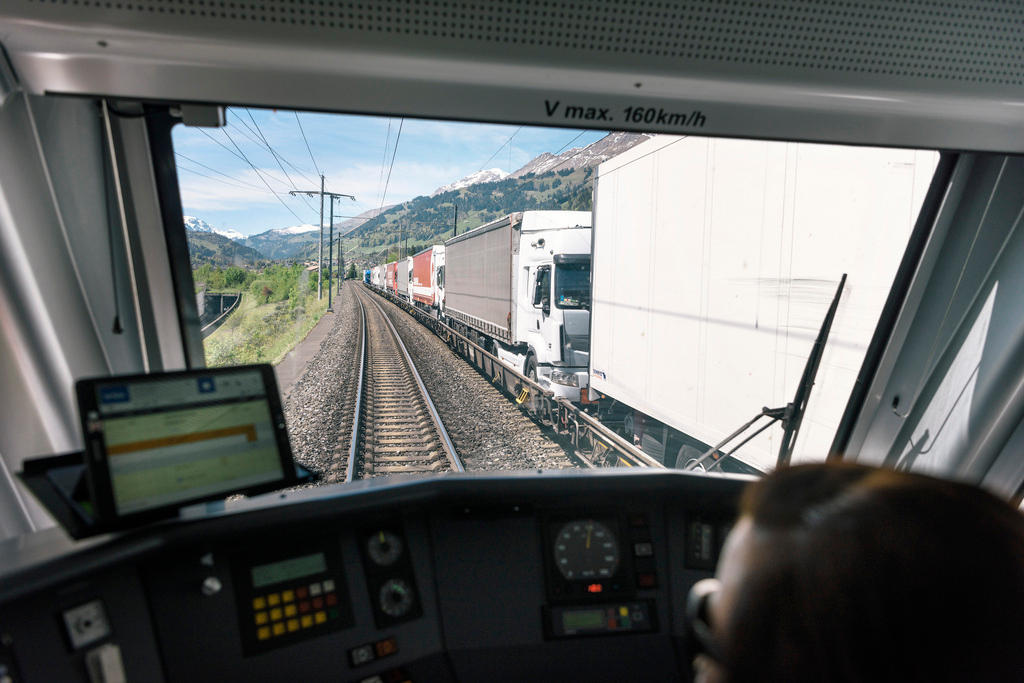
More
Has Alpine rail transport come far enough?

In compliance with the JTI standards
More: SWI swissinfo.ch certified by the Journalism Trust Initiative


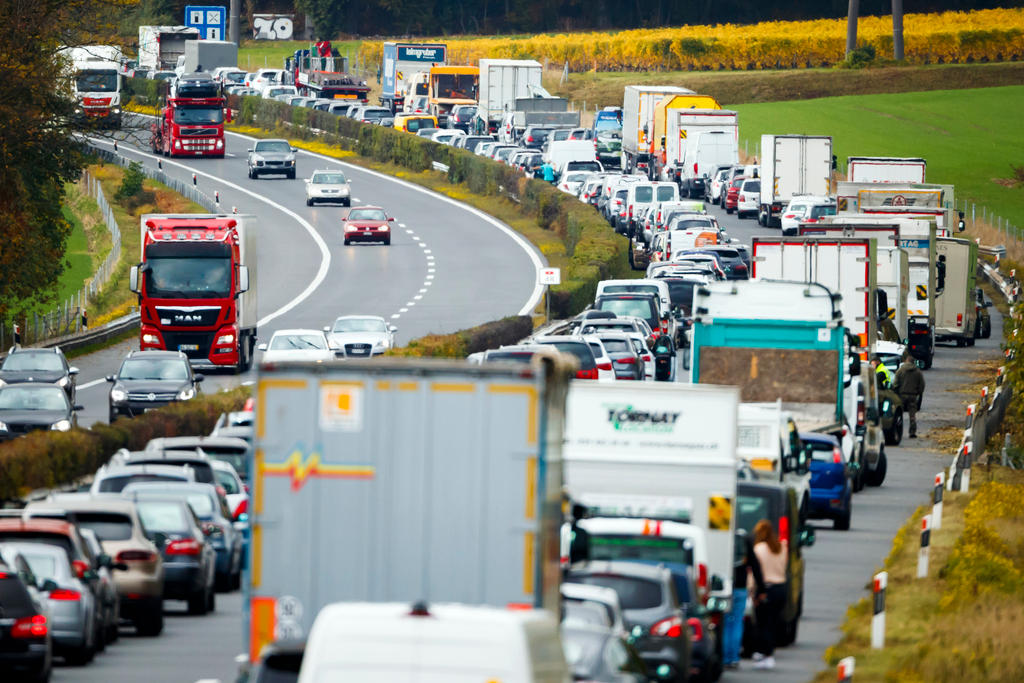
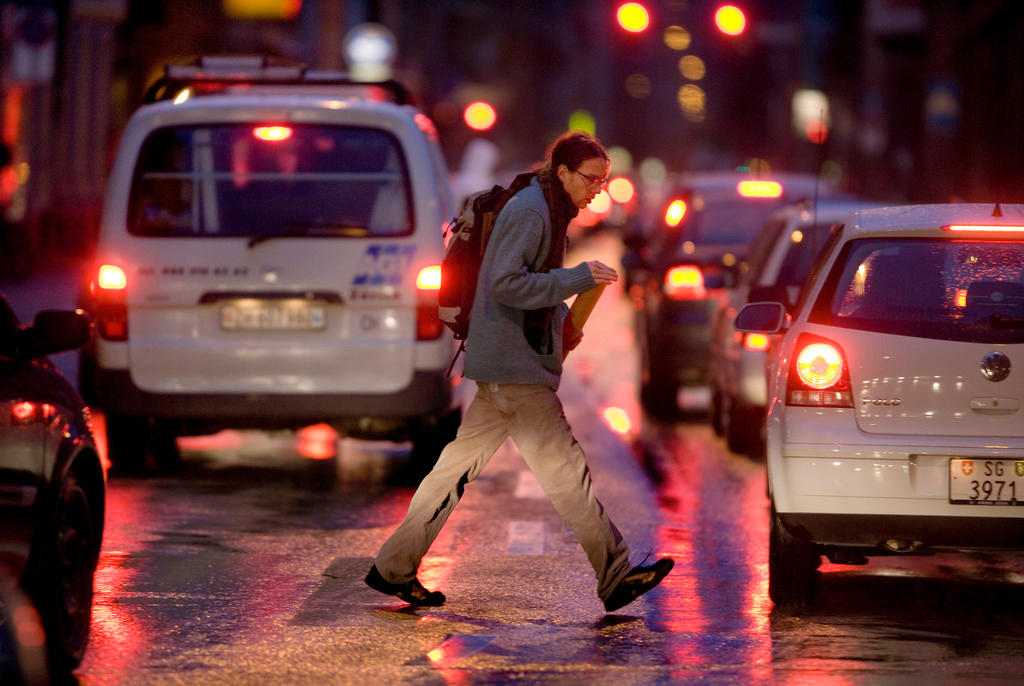
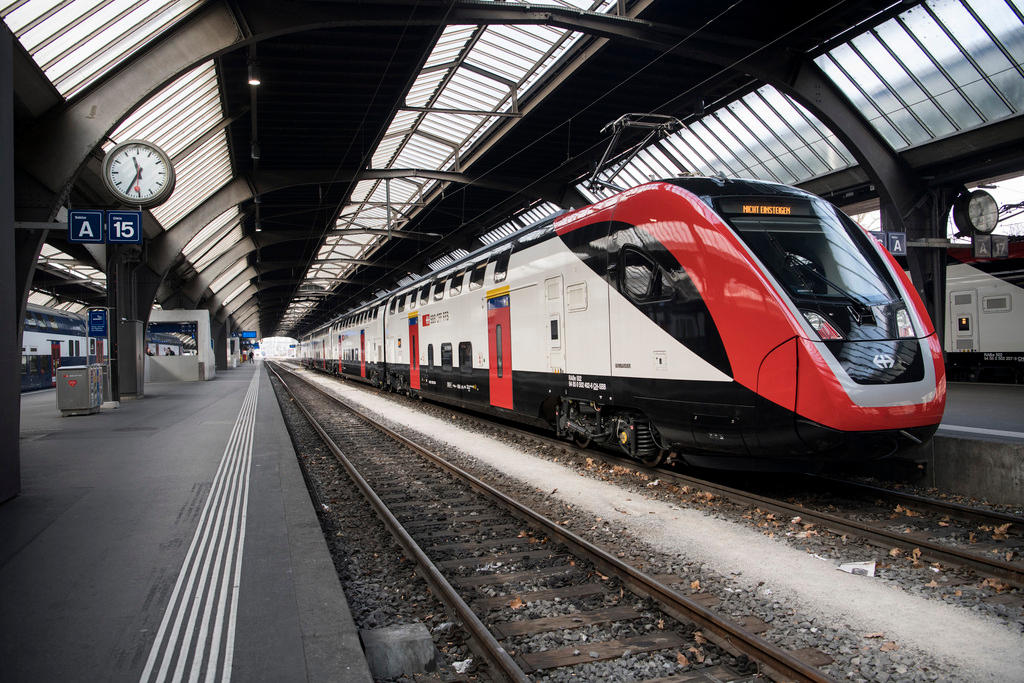

You can find an overview of ongoing debates with our journalists here. Please join us!
If you want to start a conversation about a topic raised in this article or want to report factual errors, email us at english@swissinfo.ch.